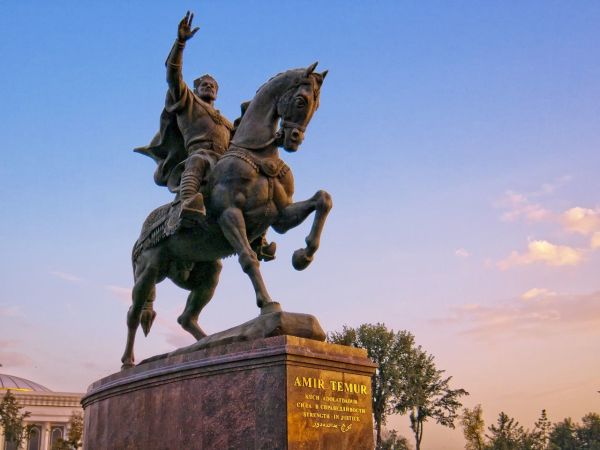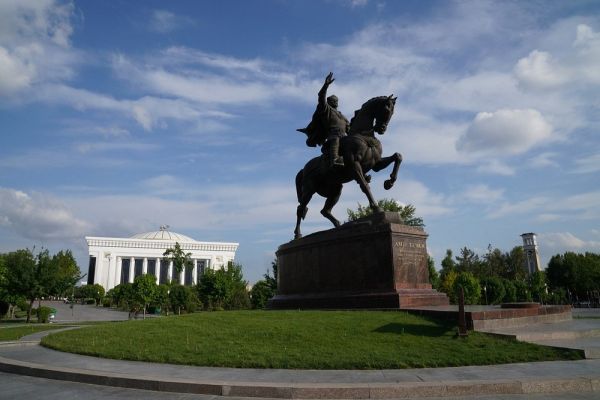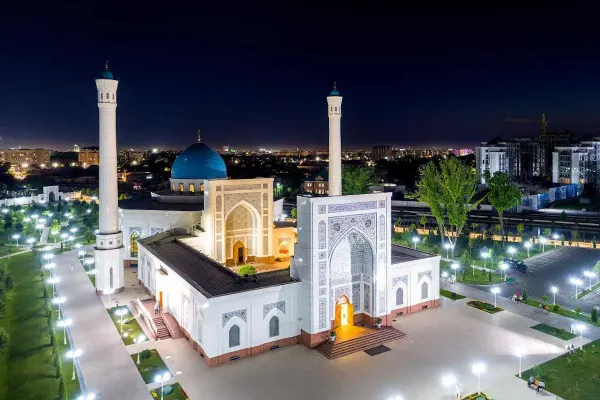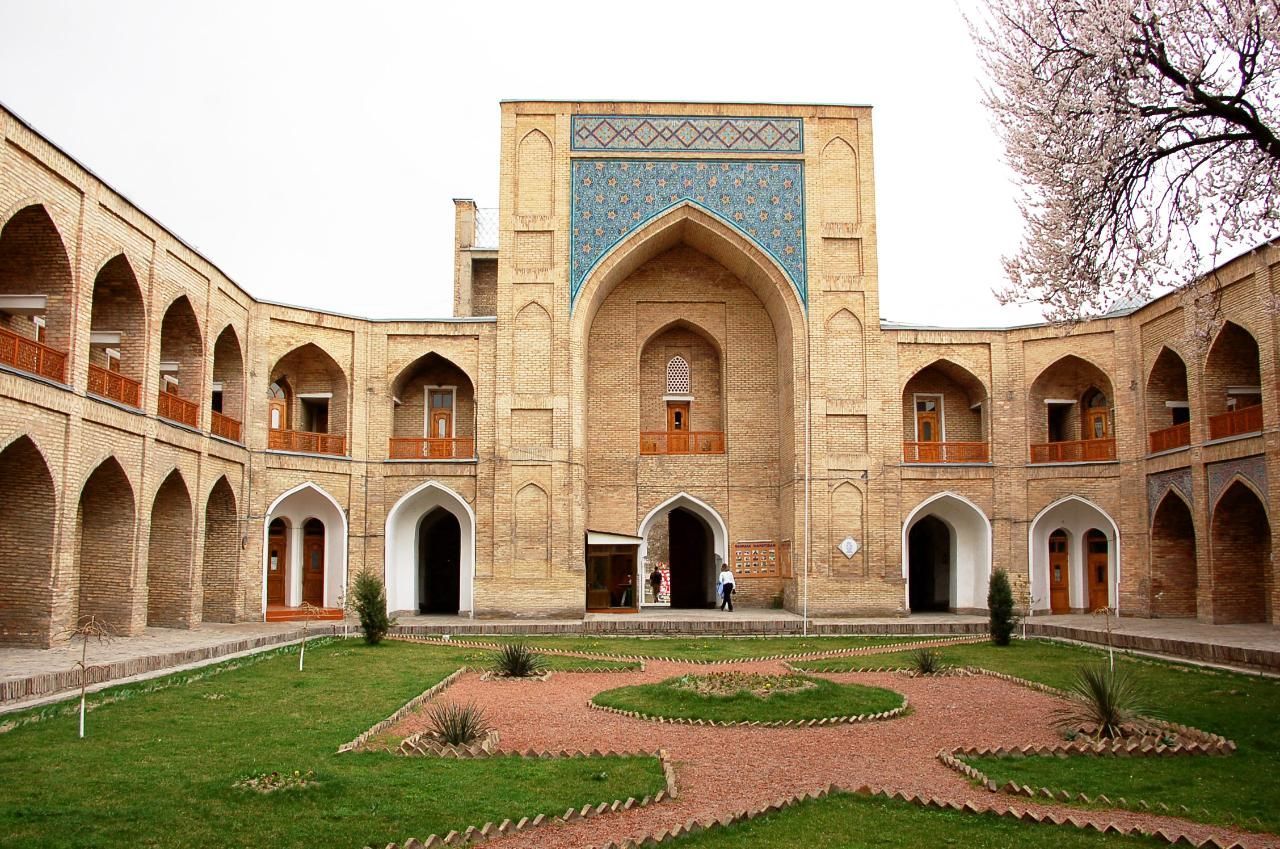

Kukeldash Madrasah
Place on the map
Tours where you can visit this place:
Kukeldash Madrasah
Tashkent — Bukhara — Samarkand — Shakhrisabz
- 720$
- 7d.

Kukeldash Madrasah
Tashkent — Bukhara — Samarkand
- 640$
- 7d.

Kukeldash Madrasah
Tashkent — Bukhara — Samarkand — Khiva — Khorezm
- 730$
- 7d.

Kukeldash Madrasah
Tashkent — Bukhara — Samarkand
- 500$
- 5d.

Kukeldash Madrasah
Tashkent — Bukhara — Samarkand — Khiva
- 590$
- 6d.

Kukeldash Madrasah
Tashkent — Bukhara — Samarkand — Shakhrisabz
- 1150$
- 7d.

Kukeldash Madrasah
Tashkent — Bukhara — Samarkand — Khiva — Shakhrisabz — Gizhduvan
- 1200$
- 10d.
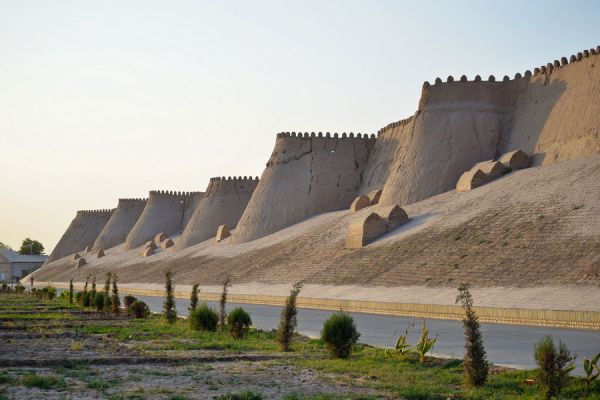
Kukeldash Madrasah
Tashkent — Bukhara — Samarkand
- 675$
- 5d.
